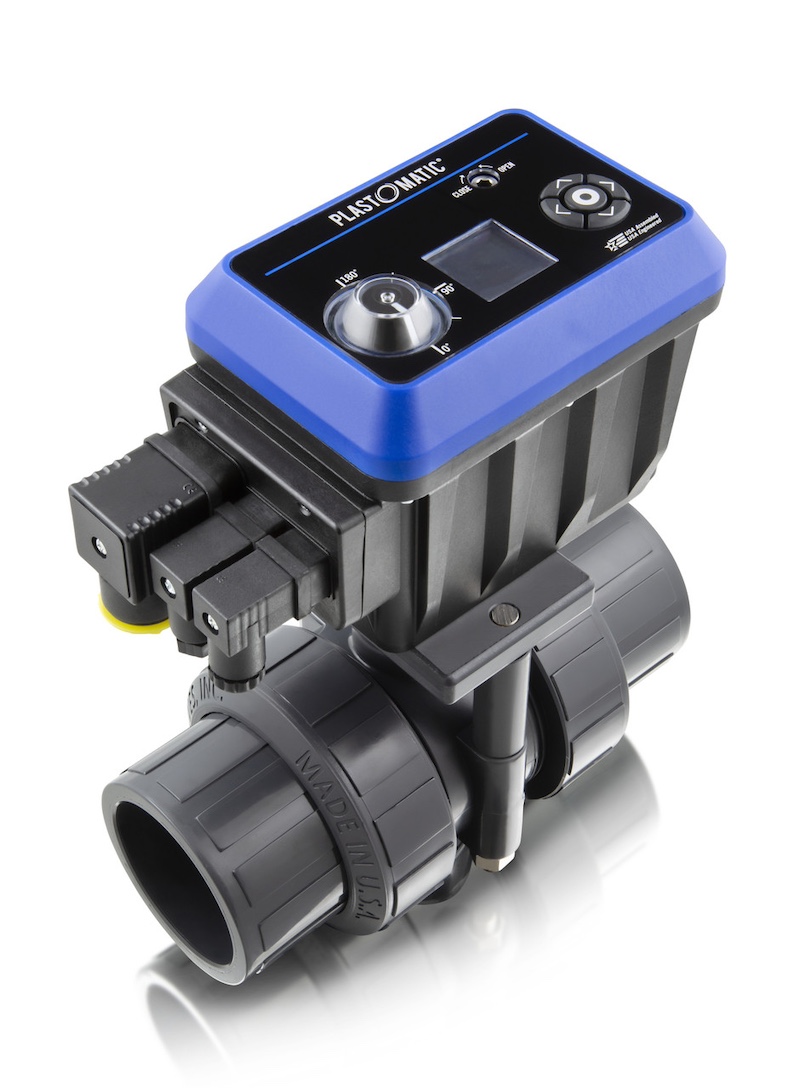Valves are integral components in a wide array of systems, controlling the flow of liquids and gases with precision. Among the many types of valves, the ball valve stands out due to its unique design and efficiency.
This article explores what a ball valve is, its essential features, and why it plays a crucial role in both residential and industrial applications.
Understanding Ball Valves
At its core, a ball valve is a device used to control the flow of a fluid through a pipe. It operates using a spherical ball with a hole through its center.
When the ball is rotated, the hole aligns with the pipe, allowing fluid to pass through, or it turns perpendicular to block the flow. This simple yet effective mechanism makes ball valves highly reliable and easy to use.
The ball valve comprises several key components. The ball itself is the central element, made typically from metal or plastic, which dictates whether the valve is open or closed.
The body of the valve encloses the ball and is often constructed from materials like brass, stainless steel, or PVC, depending on the application’s needs.
The seat is another critical component; it provides a seal between the ball and the body, ensuring no leakage occurs when the valve is closed. Seats are often made from materials such as Teflon or rubber. The stem connects the ball to the handle or actuator, translating the operator’s actions into ball movement.
Finally, the handle or actuator is the part of the valve that is manipulated to control the valve’s position.
Types of Ball Valves
Ball valves come in various designs, each suited to different needs. Full port ball valves feature a larger bore that matches the pipe diameter, minimizing flow resistance and pressure drop. These are ideal for applications requiring maximum flow.
In contrast, reduced port ball valves have a smaller bore, which can lead to a slight decrease in flow efficiency but is often sufficient for many applications.
V-port ball valves are designed with a v-shaped notch in the ball, allowing for precise control of the flow rate. These are particularly useful in applications where flow needs to be throttled.
Trunnion-mounted ball valves have a support mechanism that holds the ball in place, providing stability and making them suitable for high-pressure applications. Floating ball valves, on the other hand, use the pressure of the fluid to push the ball against the seat, offering reliable sealing and ease of operation.
Advantages of Ball Valves
Ball valves offer numerous advantages, making them a popular choice for many applications. Their reliability is one of their most significant benefits. The design of a ball valve minimizes the number of moving parts, which reduces the likelihood of mechanical failure and extends the valve’s lifespan.
Ease of operation is another notable advantage. The straightforward mechanism allows for quick opening and closing with minimal effort, which is crucial in systems where fast response is necessary.
Furthermore, ball valves are known for their flow efficiency. The full-bore design of many ball valves ensures minimal pressure drop and unrestricted flow, which is beneficial for maintaining system performance.
Ball valves are also highly versatile, finding applications across various industries. Whether in residential plumbing, industrial processes, or commercial settings, ball valves can handle different types of fluids and gases, making them an adaptable choice.
Applications of Ball Valves
Ball valves are used in a wide range of applications, showcasing their versatility. In residential settings, they are commonly found in plumbing systems, where they control the flow of water to different fixtures. They are also used in heating systems, where they help regulate the flow of hot water.
In industrial environments, ball valves play a crucial role in processes involving chemicals, oil, and gas. Their ability to handle high pressures and corrosive substances makes them ideal for these demanding applications.
Additionally, ball valves are used in HVAC systems to control the flow of air and water, ensuring efficient temperature regulation.
Commercial applications also benefit from ball valves. In the food and beverage industry, they are used to control the flow of liquids in processing and packaging operations. Their ease of cleaning and durability are advantageous in these settings.
How to Choose the Right Ball Valve
Selecting the right ball valve involves considering several factors to ensure optimal performance. Material compatibility is crucial; the valve must be made from materials that can withstand the specific fluids it will handle.
For instance, stainless steel is often chosen for its resistance to corrosion and high temperatures, while plastic might be selected for less demanding applications.
The pressure and temperature ratings of the valve must also match the requirements of the system in which it will be installed. Choosing a valve with appropriate ratings prevents potential failures and ensures long-term reliability.
Additionally, the size of the valve and its end connections should be compatible with the existing piping system to avoid installation issues.
Conclusion
Ball valves are essential components in various systems, offering reliability, efficiency, and ease of use. Understanding their design, advantages, and applications helps in selecting the right valve for specific needs.
As technology advances, ball valves continue to evolve, providing even greater benefits and capabilities. For anyone involved in systems where fluid control is crucial, ball valves represent a valuable tool, ensuring smooth and efficient operation.




